What 100-year-old research by N.S. children tells us about climate change
When mathematician Andy Long found the spot he was looking for in the graveyard at Scotsburn, N.S., he lay down on the earth and posed for a photo.
"I had my daughter take my picture as close as I could get to Alexander MacKay," he says.
His trip several years ago to the rural community from his university in Kentucky helped him get inside the mind of a Nova Scotia educator and scientist who died 90 years ago, but whose work is now shaping research by Long and his colleagues in the United States.
"He was such a striking and almost supernatural figure," Long said in a recent phone interview from Highland Heights, Ky. "Prescient, you know. He saw climate change coming."
MacKay also enlisted the help of thousands of Nova Scotia schoolchildren to study it in one of the largest and earliest citizen science efforts in the province's history.
That data — now more than 100 years old — is helping reveal to modern researchers more about climate change today and is showing some of its tangible effects in the Maritime region.
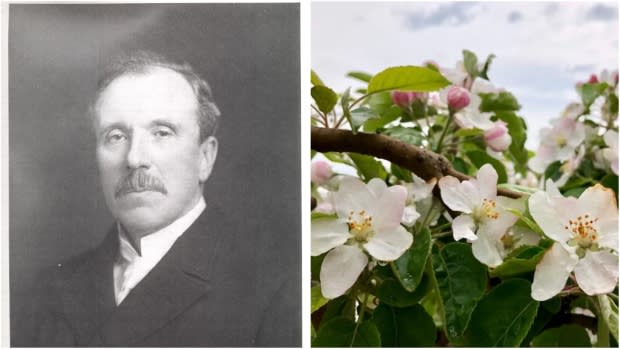
Alexander Howard MacKay was born in Pictou County in 1848, and graduated from Dalhousie University with honours in mathematics and physics. He spent time as the principal of Pictou Academy, then went on to become superintendent of education for Nova Scotia for 35 years.
MacKay used his position as superintendent to shape the curriculum for 1,400 public schools in the province. In 1896, he began a program where all students were told to watch for the "first appearances" of plants in spring as they walked to and from school.
"You can just imagine, you know their two-mile [3.2-km] walk or whatever, noticing that there was a dandelion today. And their astonishment — it's the first of the season. And they take it into school and show their teacher and the teacher records that," Long said.
"It's just this amazing chain from all of these eyes."
The children also had to report things like animal migrations and thunderstorms. Classroom teachers were responsible for writing down what students reported and sending the data to MacKay at the end of each school year.
MacKay collected the data, summarized it and published the results in a Dalhousie scientific journal every year for 23 years.
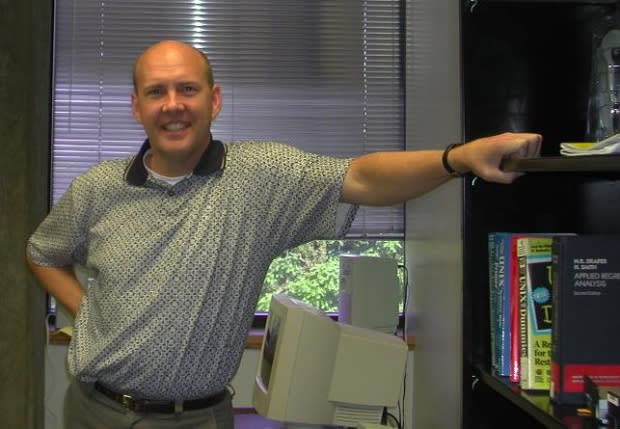
He carefully saved and bound the records created by the efforts of the schoolchildren, and those records are preserved in the rare-book collection of the Museum of Natural History in Halifax.
"This is unique because there have been other studies done in other places where people recorded, but for very short periods of time," said the museum's curator of zoology, Andrew Hebda, pointing to the systematic way MacKay collected information on everything from plant flowering to sheep shearing.
"All collected the same way, all recorded in the same manner, and looking at the same parameters all the way through."
Hebda said he hopes people who learn about MacKay's work will be inspired to observe what's happening where they live.
"We all observe, we think, and then we integrate that into where we came from," he said. "They call it citizen science, where you get large numbers of people going out and gathering data. Everybody can do that."
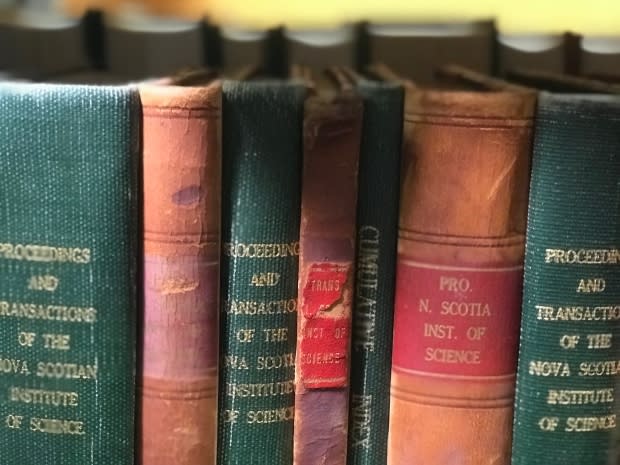
In the 1917 edition of his published data, MacKay wrote that he left the records to the museum so they could be used in the future by "students of climate."
Decades later, that's exactly what happened. After coming across a reference to MacKay's research in a children's book called How We Know What We Know About Our Changing Climate, Long began to delve further into the information he left behind.
Three other people at the University of Northern Kentucky joined him, and together they used the trove of data to come up with a model that predicts when certain plant species will flower as global temperatures warm.
Madison Paoli and Laura Farro, who at the time were mathematics students at the university, became interested in analyzing the data after learning about it from Long.

"That was just so amazing that they have this hundred-year-old data collected by students that we could get a chance to analyze and get our hands on," said Paoli, who minored in environmental science.
By pairing the MacKay data with other available information such as latitude, longitude, average monthly temperatures and sea ice off the coast of Newfoundland, Paoli and Farro were able to build a computer model that accurately predicted when the first flowers would appear for certain species.
The five species they studied were mayflowers, strawberries, apples, lilacs and blackberries. Those species are flowering between two and six days sooner than in MacKay's time.
That might sound good to winter-weary humans, but the students point out climate change will affect the environment in many more unpredictable ways.
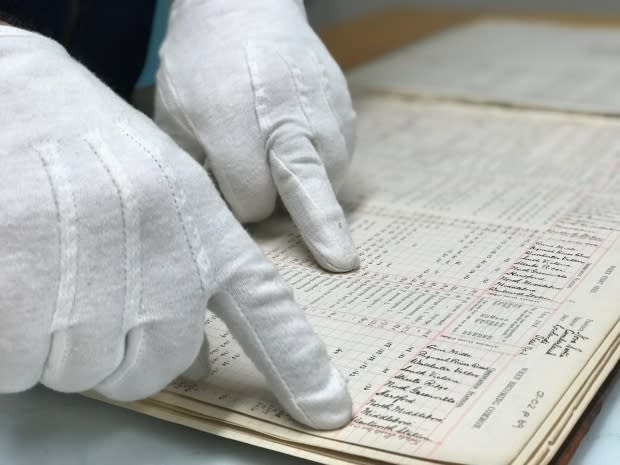
"I think that this project is really good for creating awareness that weather is different than climate, and looking at something over a longer span," Paoli said.
"It affects every area, and in certain areas maybe less than others. But I think it's good to let everybody know that it is affecting communities and species and animals ... everything is integrated."
Paoli and Farro were able to learn more about MacKay's care for education and the environment through their project.
"I think it just shows that you don't have to be a scientist to be aware of these things and possibly make a difference," said Farro. "I would venture to say that these students who went out to take this data every single year probably didn't really think about the repercussions of what they were doing.
"But to think that this many years later this data actually means something, and was taken by ordinary people — children, in fact — is super crazy. And in Nova Scotia too, to think that you could possibly be related to somebody who did that, is pretty neat."
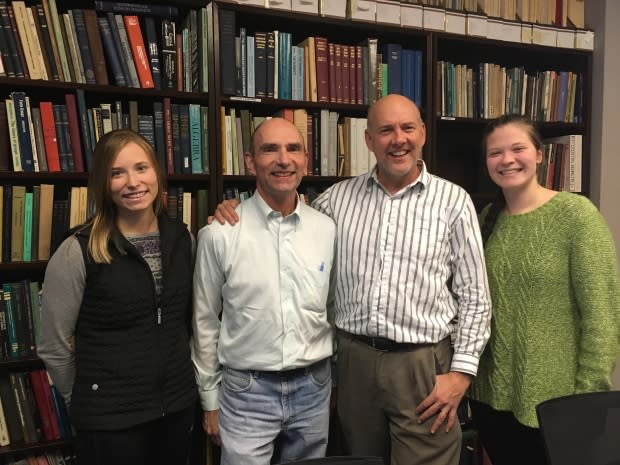
The students at the University of Northern Kentucky are not the only ones making use of MacKay's data. Researchers from various parts of Canada have also published papers based on the schoolchildren's findings, and a project even attempted to recreate MacKay's monitoring system in 2001.
All of this work follows in the footsteps of much older research. Scientists began discussing early climate change concepts around the time MacKay was born.
Long believes it was no coincidence that led MacKay to direct schoolchildren to watch for dandelions, apple blossoms and migrating geese. MacKay followed the latest scientific research throughout his life, and it was clear he was interested in what a changing climate might mean for Nova Scotia.
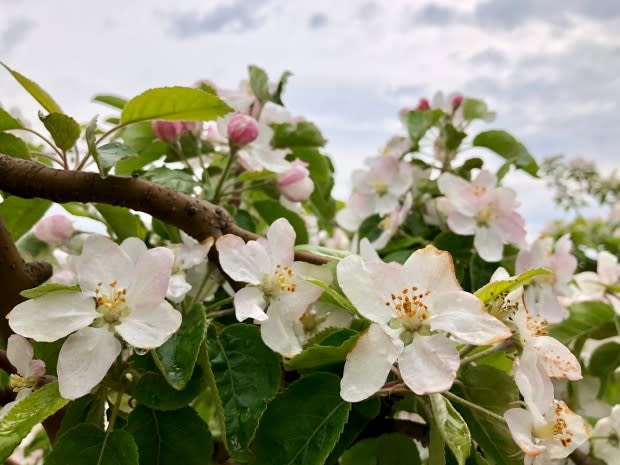
Long suggests MacKay foresaw researchers would need a reliable dataset in the future, and he happened to be in a position to set it down.
"He was really aware, I'm sure, of a vast amount of scientific progress of the time and it wouldn't surprise me if he was thinking about it, or whether he'd actually heard people discussing climate change at that time. And he was certainly aware of the impact that different facets of the environment have on one another."
MORE TOP STORIES


